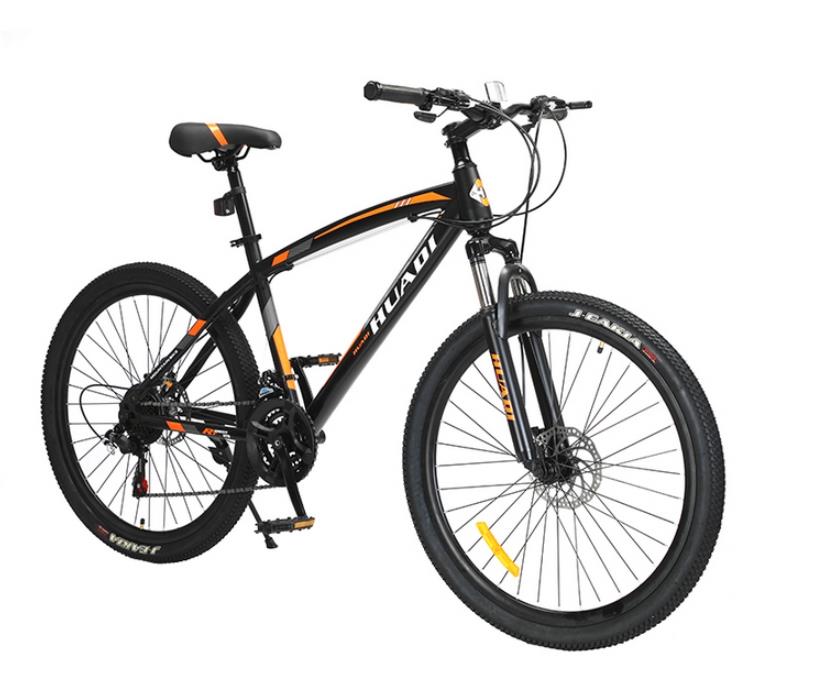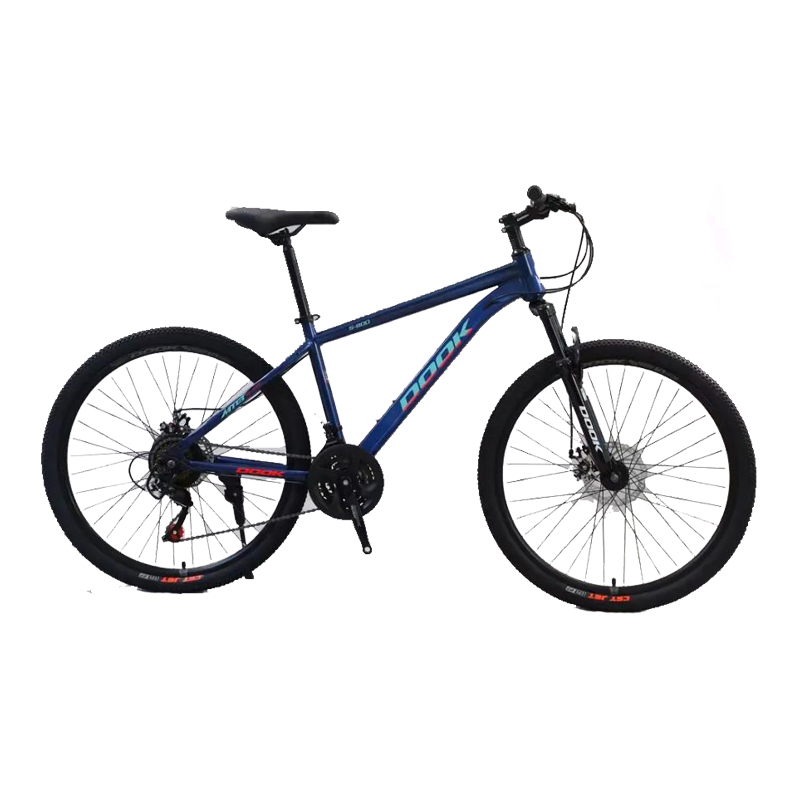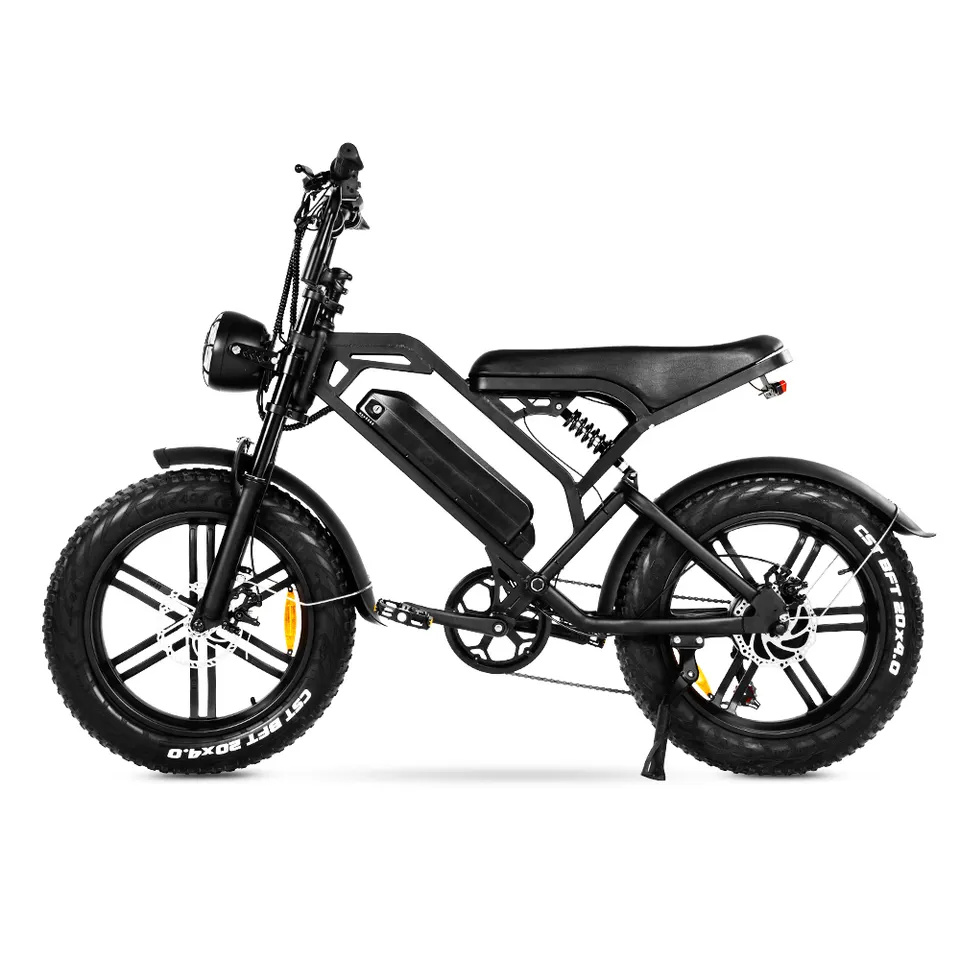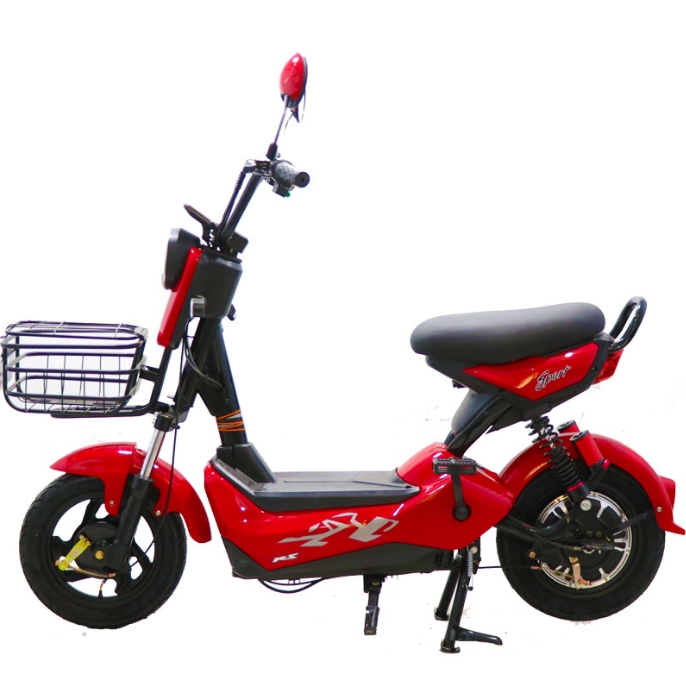- vicky@ezznebike.com
- 008618531207767

2023-10-25 13:23:59LOZON
How many physical principles do you know about bicycle construction?

1. Knowledge of stability
The reason why bicycles do not tip over during driving is mainly due to the application of physics principles. As we all know, any object that rotates at high speed will maintain its direction of rotation, and the object will not tilt. This is the same as the principle that a rotating gyroscope will not tilt. We ride bicycles by giving them a force in the forward direction, causing the wheels to rotate and maintain a state of balance. By adjusting the rotation of the handlebars, the bicycle can move forward. Once it stops, the balance is lost and the bicycle will tip over.
2. Friction knowledge
1) Friction during start-up and driving
When a bicycle starts or travels, under chain drive, the rear wheels rotate counterclockwise, and there is a tendency for the tire to move backwards relative to the ground at its contact point. Therefore, the ground applies forward friction to the rear wheels, which is the driving force for the bicycle to move forward. Under the action of this force, the bicycle has a tendency to move forward as a whole. The front tires of the bicycle have a tendency to move forward at the contact point with the ground, which generates backward friction force against the front wheels. Under this friction force, the front wheels rotate in the same direction as the rear wheels, causing the bicycle to move forward. Therefore, people also refer to the rear wheels as the driving wheels and the front wheels as the driven wheels. When it rains or snows, the ground friction decreases, and bicycles are prone to falling, commonly known as slipping, which is the reason behind this. The uneven patterns on the tires of bicycles are designed to increase friction.
2) Friction during braking
Friction is not only related to the start of a bicycle, but also crucial for its braking. If the braking performance is poor, the safety of cyclists cannot be guaranteed. The person pinches the brake handle, causing the brake line to drive the brake block against the tire, generating friction, causing the bicycle to slow down and ultimately stop. The magnitude of friction depends on the magnitude of pressure and the roughness of the contact surface. The new and old bicycles, at the same speed, use approximately the same force to pinch the brake handle. The new car brakes faster because the brake pads and tires of the old car are relatively smooth and produce little friction. In addition, there are uneven patterns on the handlebars, pedals, and other parts of the bicycle, which increase friction by increasing the roughness of the contact surface.
3. Damping system
The bicycle is equipped with shock absorbers. The bicycle has undergone shock absorption treatment in 5 places: tripod, saddle, front and rear tires. The tripod, saddle, and front of the bike use spring shock absorption, while the body relies on tire shock absorption. When a bicycle vibrates, the entire body undergoes deformation, which increases the time it takes for a person to come into contact with the body when falling, reduces the force, and improves comfort. For example, if a person jumps from a height onto a concrete floor, their feet will feel pain. If a soft cushion is placed on the ground and they jump down again, even at the same height, the feeling will not be as intense. Shock absorption not only makes cyclists feel comfortable, but also reduces the wear and tear of bicycles.
4. Pressure knowledge
1) The load capacity is engraved on the bicycle tires. If the vehicle is overloaded, the tire will be crushed due to excessive pressure.
2) The seat cushion is in the shape of a saddle, which can increase the contact area between the seat cushion and the human body to reduce the pressure on the buttocks, making it less prone to fatigue when cycling.
3) In summer, if the wheels are inflated to their full capacity, the tires will often burst under strong sunlight. This is because the gas in the tires absorbs heat under sunlight, increases temperature, expands due to heat, and increases pressure, making the tires prone to bursting.
4) The function of the valve core: The valve core on the inflatable inner tube acts as a one-way valve, allowing only gas to enter and not allowing gas to leak out, facilitating air intake and ensuring the sealing of the inflatable inner tube.
5. Knowledge of Simple Machinery
1) Leveraged knowledge
A. Lever for controlling front wheel steering: The handlebar of a bicycle is a labor-saving lever that allows people to rotate the front wheel of the bicycle with minimal force to control the direction of motion and balance of the bicycle.
B. Lever for controlling the brake: The brake lever on the handlebar is a labor-saving lever, and people can use a small amount of force to make the brake press onto the steel ring of the wheel with greater pressure.
2) Wheel axle knowledge
A. The pedals on the center shaft and the flower plate gear: form a labor-saving wheel shaft (the radius of the pedals is greater than the radius of the flower plate gear).
B. Bicycle handlebar and front fork shaft: form a labor-saving wheel axle (the radius of the handlebar rotation is greater than the radius of the front fork shaft).
C. The gears on the rear axle and the rear wheel: form a laborious axle (the gear radius is smaller than the rear wheel radius).
6. Knowledge application of work and mechanical energy
1) According to the principle of work, saving effort necessarily costs distance. Therefore, when people go uphill, they often ride the "S-shaped" route, which is the reason.
2) The mutual conversion of kinetic energy and gravitational potential energy.
Before riding a bicycle up a slope, people often need to step up a few times to make it easier to get up, where kinetic energy is converted into potential energy. When cycling downhill, there is no need to pedal, and the speed is also getting faster, which converts potential energy into kinetic energy.
7. Application of the Law of Inertia
Why do the rear wheels jump up when the front wheels of a fast moving bicycle suddenly stop. This is because the front wheels suddenly stop moving due to resistance, but the people and rear wheels on the car are not affected by resistance. According to the law of inertia, the people and rear wheels need to maintain a forward motion state, so the rear wheels will jump up. Remember not to use the front brake of the bicycle alone when driving downhill or at high speeds, otherwise a rollover accident may occur!
8. Optical knowledge
The red taillights on bicycles cannot emit light on their own, but they can remind car drivers to pay attention at night. Because the tail lights of bicycles are composed of many honeycomb shaped "compartments", and each "compartment" is composed of three reflective surfaces at approximately 90 degrees. In this way, at night, when the light from the car behind hits the tail lights of the bicycle, it will generate reflected light, which can attract the driver's attention due to its prominent red color. When a person faces a car bell, they will see their own image because the shape of the bell cover is equivalent to a convex mirror, and what they see is an upright and reduced virtual image formed by reflection.
Previous:Let’s talk tech and terms
Next:None

24 26 inch aluminum alloy frame mountain bike

26 inch Mountain Bike

20inch Fat Tire Ebike Motorcycles

Small lithium-ion electric scooter assisted electric bicycle
Please include your contact information if you'd like to receive a reply